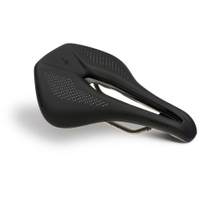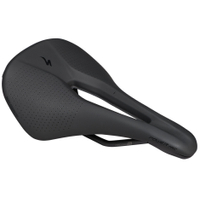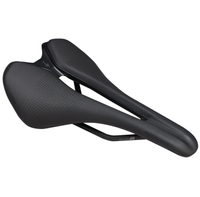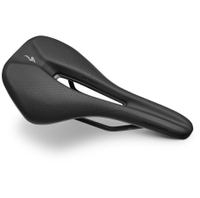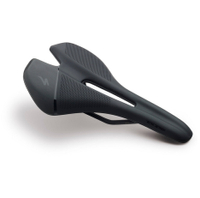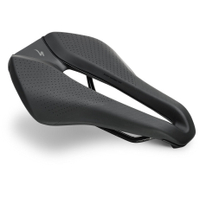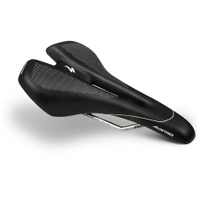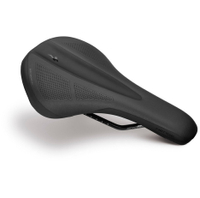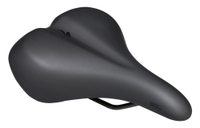Specialized saddles: Which one is right for you?
Helping you navigate the various models, tiers and levels of padding to find the perfect Specialized saddle for you
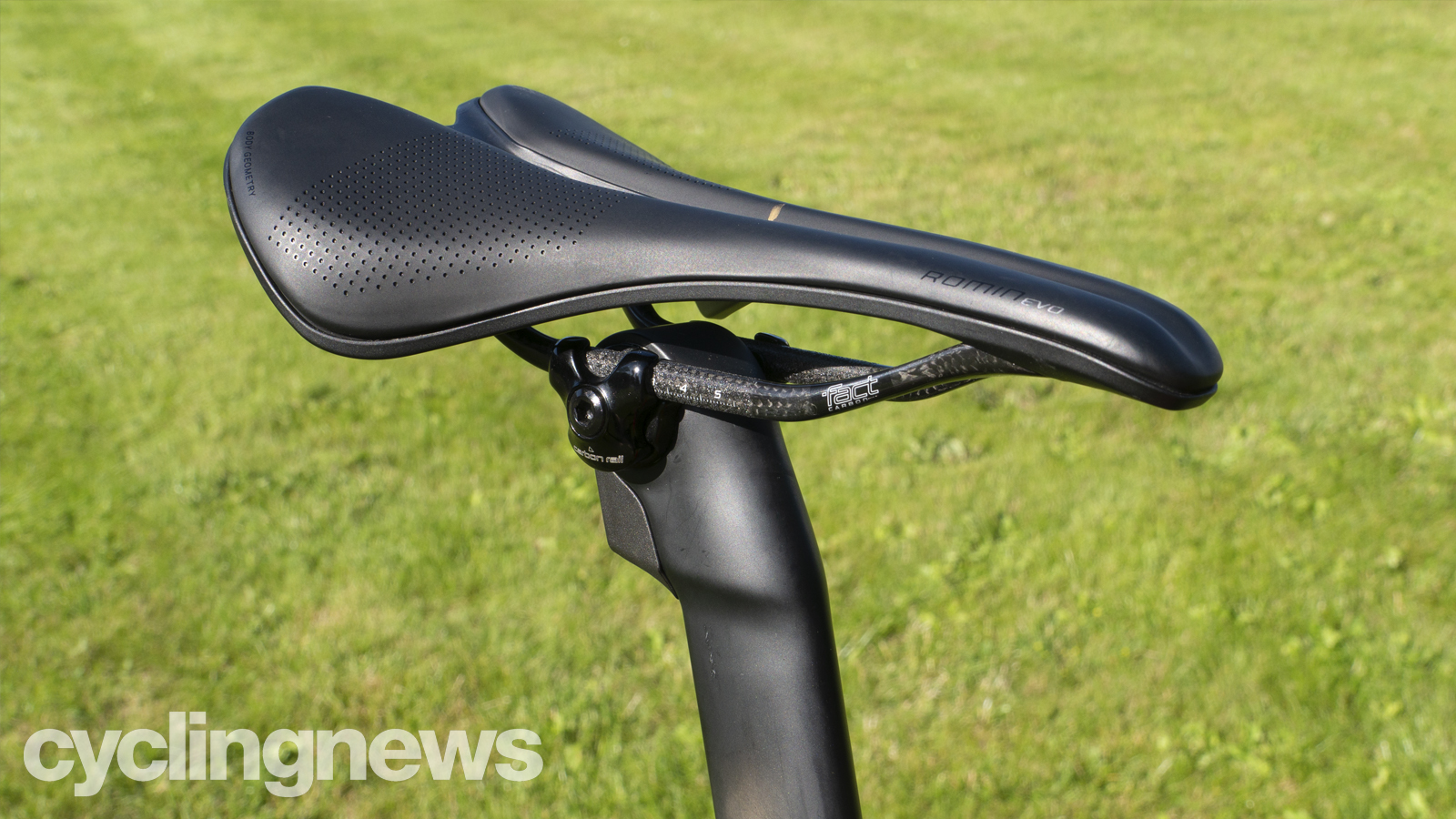
Specialized offers a wide and varied range of saddles, trying to cover all types of cycling from the most recreational cyclist to the most committed full-time riders. The research that Specialized has put into providing saddles for any situation is obvious, much like their footwear, you’ll regularly find Specialized saddles on the bikes of professional riders, even when their sponsors would prefer them to be using something else.
Body Geometry is Specialized’s innovation and research into creating products that identify a problem, solve it through design and then validate it with science. Working with Dr Andy Pruitt and a collection of medical professionals, the first Body Geometry saddle was designed in 1997, and the philosophy has developed in the decades since, now extending to a range of saddles, shoes and gloves.
Specialized's focus on the rider's need for a technically advanced product that provides a performance benefit has led to some of their newest innovations, Mimic, for example, launched in 2018 with the help of Dr Andy Pruitt and gravel world champion, Alison Tetrick. The aim was to solve the specific problem of excessive pressure the saddle can cause while riding.
Mimic was launched specifically for women, but soon found popularity among men because of the unique multilayered padding. This is just one part of the journey that led to Specialized creating Beyond Gender, a philosophy that there are more differences between two men than there are between a man and a woman. The result is a mission to create products that fit riders, not sexes.
Along with huge datasets courtesy of its bike fitting technology in conjunction with Retul, Specialized now produces a range of saddles that hope to cater for every cyclist and every discipline of cycling. Specialized lists no less than 32 different models of Saddle on their website so it can be a bit of a minefield for the first time buyer.
What we aim to cover in this article is what you should expect from each model of saddle when it comes to its shape, as well as what each tier offers.
Along with the video, we hope to help you narrow down the option that is right for you. If, after this, you’d like to try a Specialized saddle, you can take a weight off your mind knowing that if it doesn’t work out, you can rely on Specialized's 30-day guarantee and try something else in the range to find the one for you.
Specialized saddles: Tiers
Comp
With the entry point to the range of saddles you should expect a hollow cro-mo steel rail with a reinforced nylon shell. These are ideal for first time saddle upgrades as they’ll give you a good idea if you like the shape and padding of a saddle long term without having to invest in the most expensive options.
Expert
In the second tier in the range, you’ll find the rails have been upgraded to hollow titanium whilst retaining the reinforced nylon shell. The performance benefit over the cro-mo rail is lighter weight and increased vibration absorption.
Pro
Moving up again, the rails will be replaced with oversized (7x9mm) FACT carbon, you’ll be looking at a weight saving over the Expert models with increased support of the saddle shell. With the added support from the carbon rails, you may find these saddles feel firmer than the equivalent model with the titanium even with the same padding option.
S-Works
Once you reach the top tier of Specialized saddles you’ll find a full carbon rail attached to a carbon fibre shell. These are the most performance orientated saddles within the range so you should expect the lightest weights with the firmest levels of padding.
Padding levels
Level 1
Lightest level of padding for the most direct connection to the bike.
Level 2
Medium-density foam for bike feel with additional cushioning.
Level 3
Extra padding for increased vibration damping.
Level 4
Ideal for fitness and commuting without the need for chamois padding.
Level 5
Ideal for commuting and casual riding.
Level 6
Ideal for casual riding.
These different levels of padding are provided by using different types of foam throughout the range, you’ll find lightweight and supportive PU padding, Elaston foam, Gel padding for increased comfort and pressure dispersion, Mimic technology using multilayered materials and finally, only on the ‘flagship’ S-Works Power with Mirror, you’ll find Mirror technology, which utilises 3D-printing to create a honeycomb structure for unrivalled comfort and support.
Specialized saddle models
Here is a brief overview of what each model in the range can offer you, along with shape, the majority of the performance orientated saddles are available in widths 143mm, 155mm & 168mm to suit different width sit bones.
Power
One of the original short-nosed saddles that really helped the style gain popularity amongst riders, it has a reasonably flat shell with a large cutout, offers the firmer 1 & 2 levels of padding along with Elaston, Mimic and Mirror.
The shape of the saddle is also designed to provide ample sit bone support, and this has been coupled with a shorter-than-usual nose section to keep pressure off of soft tissue while riding in aggressive positions. It's a popular saddle among road cyclists of all discipline, from competitive racers to social Sunday club riders alike.
Power Arc
A newer member of the Specialized family of saddles, this saddles offers the all the same levels of padding and rail as the regular power (except Mirror) with the same short nose and cut-out, but this time on a more aggressively rounded body.
With that, many riders believe the Arc offers a better connection to the road through the saddle, as though you're "in the saddle" as opposed to sitting on top.
Romin
A more traditional saddle shape with a full-length nose and a rounded body, complete with a large cutout through the middle of the saddle. This also happens to be Specialized’s lightest saddle offering, with the 143mm width coming in at 134g.
It's a road saddle through and through, with a rounded profile for a dialled in connection to the road.
Phenom
Similar in shape to the Romin but offering a flatter body while retaining the full cut-out through the middle of the saddle. The Phenom is available in the full range of padding, PU, Elaston & Mimic.
With a rounded rear and level 2 padding, it’s perfect for all-day riding both on and off-road.
Toupe
The flattest offering from Specialized in its more performance-oriented saddles, this offers a smaller cut-out, central channel and a full-length nose.
It's great if you have a more upright position but like to move onto the nose of the saddle when climbing or putting in an effort.
Sitero
This saddle is designed to be the best fitting saddle in an aerodynamic time trial position. It has a wide nose with a large central channel. It also offers SWAT mounts on the rear for on-saddle storage of bottles, lights or tools.
Designed specifically for use on a time trial bike, the Sitero is best for time triallists and triathletes who spend long durations in an aggressive time trial position.
Avatar
The Avatar has long been one of Specialized’s best selling saddles, for good reason. It offers a very neutral saddle shape while offering good levels of padding and a central channel for pressure relief. It makes a great addition to a commuting bike if you’re not getting kitted up in cycling-specific clothing for your daily journey to work.
Henge
The Henge was specifically designed for trail and all-mountain bike riding, it offers a broad flat shape with a wide nose for extra support while tackling steep climbs.
Comfort
Amongst Specialized's range of comfort-orientated commuter and leisure saddles are the Comfort, the Cup and the Expedition. Based on a very broad shell, these saddles all offer high levels of padding volume and are ideal if you’re looking for something to cruise into town or along the canal path.
Get The Leadout Newsletter
The latest race content, interviews, features, reviews and expert buying guides, direct to your inbox!
Cyclingnews is the world's leader in English-language coverage of professional cycling. Started in 1995 by University of Newcastle professor Bill Mitchell, the site was one of the first to provide breaking news and results over the internet in English. The site was purchased by Knapp Communications in 1999, and owner Gerard Knapp built it into the definitive voice of pro cycling. Since then, major publishing house Future PLC has owned the site and expanded it to include top features, news, results, photos and tech reporting. The site continues to be the most comprehensive and authoritative English voice in professional cycling.

